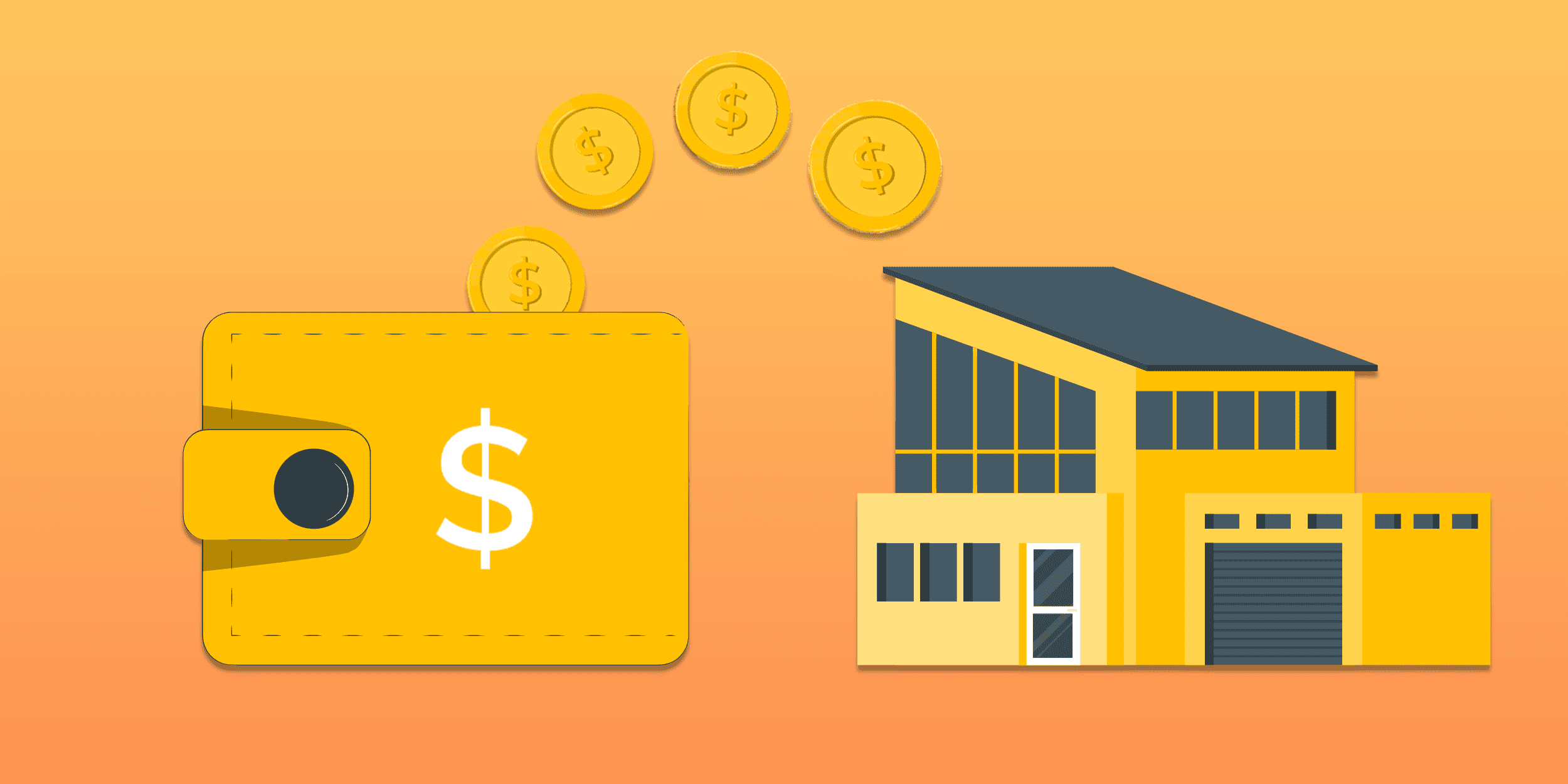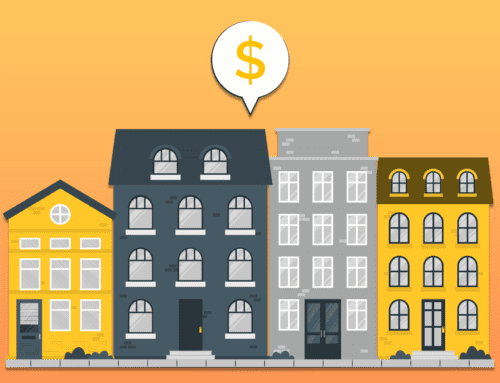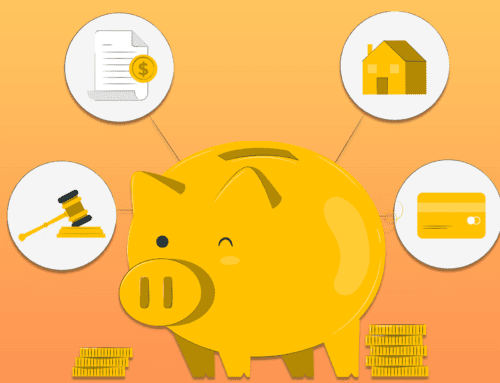One of the considerations when buying and selling mortgage notes is knowing the current value of the home. After all, the property is the collateral, and knowing its true value will greatly affect how much an investor will pay for a note.
Historically, this process is a bit easier, when everything is in an “up” market. But when property values are on the downside or just recovering, it is often difficult to put a (safe) number on it. At least one that everyone agrees on.
Although there are excellent programs on the Internet that help the average consumer to get an idea of value, they are not always accurate. The actual value of a property can be determined in a couple of credible ways.
Often, note investors get what they call a “drive-by” appraisal or valuation.
Usually performed by a licensed appraiser, the report will include other sales or comps in the area. The main difference is a “drive-by” evaluation does not require the appraiser to have access to the interior of the property. The appraiser actually drives by and takes pictures from the street for the report.
Some investors are using what is called a Broker Price Opinion (BPO) – an evaluation based on the advice of a real estate agent or broker. They are often very similar compared to a “drive-by” and at a lower cost but do not follow the strict guidelines of a certified appraiser.
The note buyer may even require a full interior appraisal to get comfortable with the value. This might be the case when there are substantial improvements to verify or there’s concern over the property condition.
The actual approved or preferred method will be up to the individual investor. While they are buying the mortgage note and not the property itself, the value is still important in deciding risk, investment to value (ITV), and the price they will pay to purchase the remaining payments.
For more great blogs go to http://noteinvestor.com/
This article was modified from an article originally written by Fred Rewey and posted to this site on 2011/01/19.






